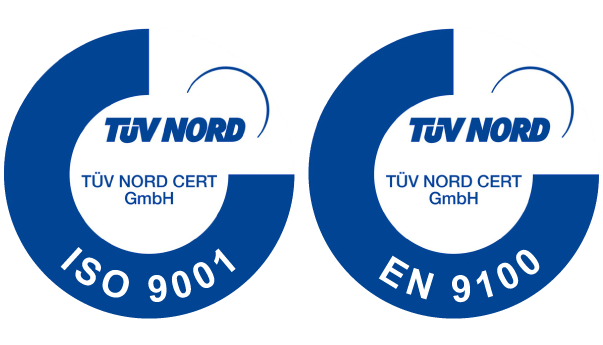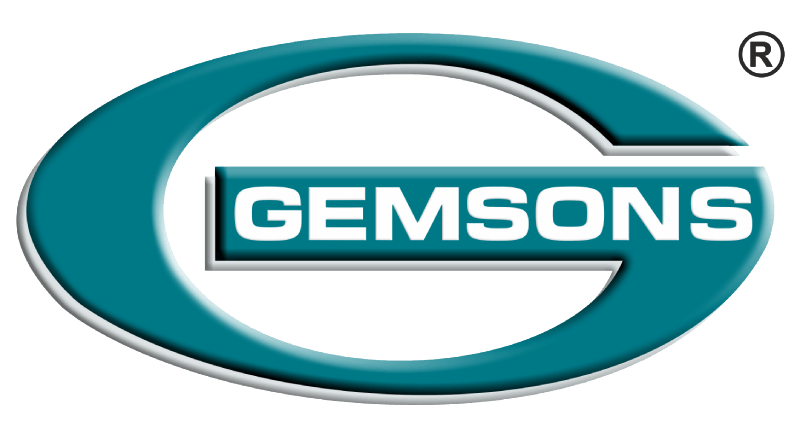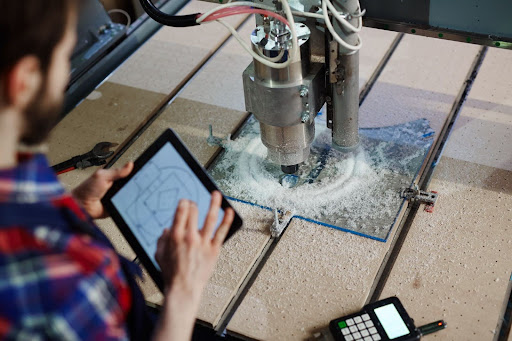The role of CNC machining in precision manufacturing started being perceived as an integral component to produce premium-quality parts with unmatched precision. Although CNC machining initially seemed to be the most desirable method for the mass production of identical parts due to its ability to create identical parts on a large scale, the demand for CNC machined components in low-volume production is growing in aerospace, automotive, medical, and electronics industries. Why? As businesses today are looking for customized solutions, quicker turnaround time and more flexibility, all of which can be achieved with low-volume CNC production.
If you are adapting CNC machining for low-volume production, this blog will explore effective strategies to ensure a successful transition while meeting the evolving needs of the market.
Why Opt for Low-Volume CNC Production?
Low-volume manufacturing typically falls in the range of 50 to 1,000 parts. This kind of manufacturing offers several benefits, particularly to businesses that need to prototype new products or customize components without having to start a high-volume production run.
- Flexibility and Customization: Low-volume production allows for flexibility to make bespoke CNC machined components tailored to specific customer needs. This does well in certain industries where customized parts or small batches of specific components are needed.
- Less Lead Times: A streamlined production process allows a company to be responsive to a market’s demands. This gives the ability to deliver a prototype or finished component more rapidly.
- Lower Prototyping Costs: Product development is an ideal candidate for low-volume CNC machining because of the reduced cost of creating molds or tooling. This helps make design changes much quicker.
Key Strategies for Successful Low-Volume CNC Machining
Low-volume production requires an entirely different approach than the traditional high-volume runs. Here’s how it is done:
1. Invest in Advanced CNC Technology
Today, investing in extremely advanced CNC machines becomes crucial in dealing with low-volume projects effectively. Modern multi-axis CNC machines are also easily available to produce intricate CNC machined components with excellent precision, even when produced in small batches. They can rapidly change between different operations, thus reducing the time taken for setups and improving productivity as a whole.
2. Optimize Design for Manufacturability (DFM)
Low-volume production costs must be minimized through efficacious designing. DFM is part of designing improvements to make the CNC machining process easy. Simplification of geometry, minimization of complicated features, and appropriate material selection would save time and cost in machining without neglecting quality.
3. Adopt Flexible Production Methods
In general, low-volume production is characterized by numerous design changes and material changes. The adoption of flexible production techniques, such as quick-change tooling and adaptive machining, helps manufacturers better handle these variations. Quick-change fixtures, for instance, reduce the setup time and enable changes in fewer pieces, making it easier to manage smaller, varied production runs.
4. Use Advanced CAM Software
The application of CAM software is crucial in optimizing the process of low-volume production through CNC machining. Generally, CAM software produces tool paths more efficiently, minimizes machine movements, and reduces cycle times. It is particularly useful in small quantities of CNC machined parts, thus ensuring full efficiency with consistent quality in every part.
5. Implement Rigorous Quality Control
All parts count in low-volume production. This requires batch-to-batch quality homogeneity so that customer expectations can be met and expensive rework can be avoided. A proper quality control process, which includes in-process inspection and final part verification, is essential to catch aberrations at an early stage of work. Even precision measurement by Coordinate Measuring Machines (CMMs) can provide very accurate assessments of the components as satisfying the given specifications.
6. Collaborate with an Experienced CNC Machining Manufacturer
Low-production volume CNC manufacturing will require the utmost skilled experience to successfully navigate through a variety of designs and materials. A partner from an experienced and reputable CNC machining supplier can significantly make the difference for you to effectively complete low-volume projects. Here, look for a party that has significant capabilities, up-to-date technology, and a history of experience in manufacturing complex, high-precision CNC machined components.
Overcoming Challenges in Low-Volume CNC Machining
While low-volume CNC production provides a lot of advantages, it also includes a few unique challenges. Here are some of the common problems and what you can do about them:
- Material Sources: Specialty material may be hard to find in low volume, and normal sources may run out of your required material or back order it immediately. Build good supplier relationships with people you know you can count on for constant quality and availability of the materials.
- High Installation Costs: Low run does not always mean cheap, but rather, the higher installation costs are heavy. Modular fixtures and quick-change tooling minimize the costs.
- Design Changes: One thing that very often occurs in low-run programs is design changes. CAD/CAM software should be used to ensure easy and rapid revisions and that your machining partner is kept aware of changes.
Conclusion
Today, businesses are successfully making a transition into low-volume CNC manufacturing with strict standards for precision and efficiency by investing in advanced technology, designing their structures to near-optimal levels, embracing flexible production, and developing high-quality control.
Gemsons Precision Engineering Private Limited realizes the intricate process of producing high-quality CNC machined components for low-volume projects. With our long experience and advanced CNC machines, we can provide you with customized solutions that match your requirements. Contact us now to learn more about our capabilities and how we can assist your low-volume production requirements. Visit Gemsons Precision Engineering to know more.



Recent Comments